Introduction to .bit, a Decentralized Identity System
Recently, DAS announced a brand upgrade and renamed itself .bit, upgrading from a decentralized account system to a decentralized identity system. .bit aims to evolve into a major Web 3.0 infrastructure.
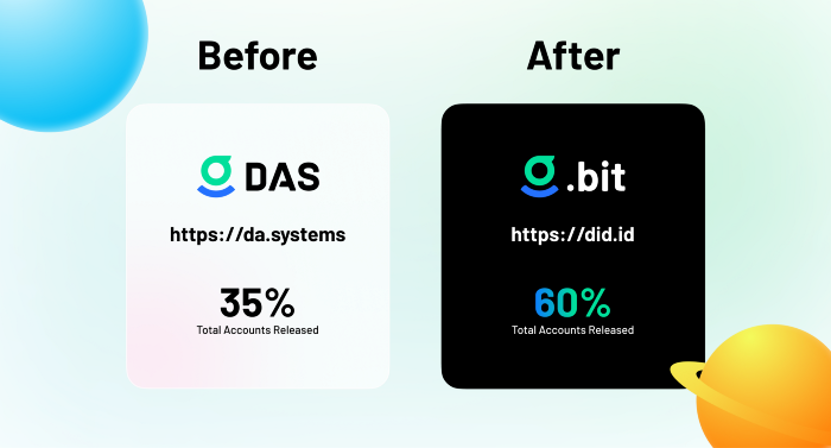
As ENS goes viral, decentralized account systems have entered the spotlight
The trending ENS airdrop has drawn more attention to decentralized domains. The chief function of ENS, the most well-known decentralized domain system out there, is to convert Ethereum addresses into a format (a string of characters ending in “.eth”) that we can easily remember and recognize. For instance, the typical ETH address is a long string of random characters starting with 0x. As it is not human-readable, you have to copy the Ethereum address whenever needed. ENS turns this address into a format that can be easily remembered. For example, Ethereum’s founder Vitalik Buterin changed his address to vitalik.eth. Such simple addresses make it easier to remember one’s ETH address and help avoid mistakes during transfers.
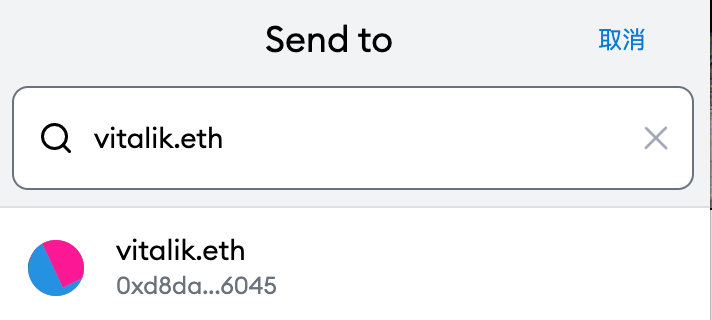
The ETH address of Vitalik Buterin, the founder of Ethereum
As the concept of Web 3.0 gets more popularized, it has become increasingly clear that decentralized domains and account systems are critical. Apart from ENS, other protocols are also working on decentralized domains and account systems, such as .bit (formerly DAS), FIO, etc. Right now, in terms of adoption and popularity, .bit is second only to ENS. According to data on its official website, .bit now has over 29,000 registered users and more than 73,000 registered accounts. Moreover, .bit is extremely interoperable. In addition to the focus on domains, it also intends to become a decentralized identity system in the Web 3.0 era.
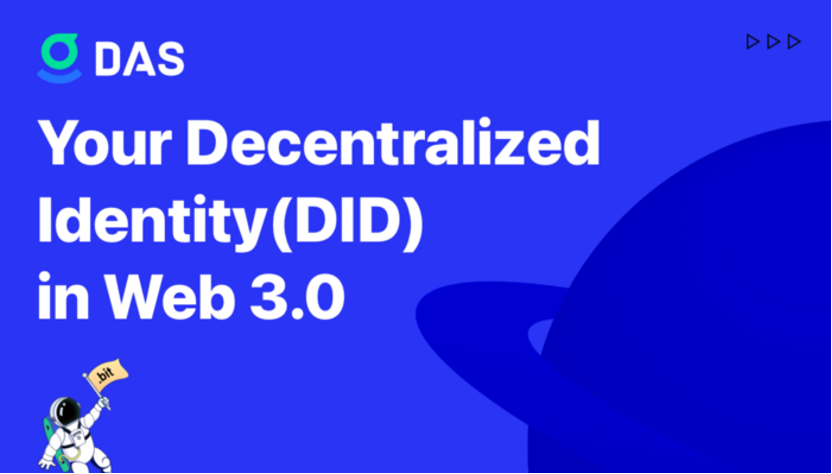
How to register and use .bit?
You can register a .bit account on Ethereum, TRON, BSC, or Polygon. Additionally, you can also get registered through CoinEx Wallet. To get started, you’ll need to open the CoinEx Wallet app. Then, tap “ETH DApp” and select “.bit” to open the DApp. Once you get to the .bit homepage, enter a preferred account name in the search box, and you will be sent to the registration page if the account name has not been registered by other users. If the name already exists, you can always try another account name in the search box. At the moment, .bit has released all accounts with 10 characters or above and will release 60% of the accounts with 4 to 9 characters in the near future. The remaining accounts will be gradually released according to the relevant rules.
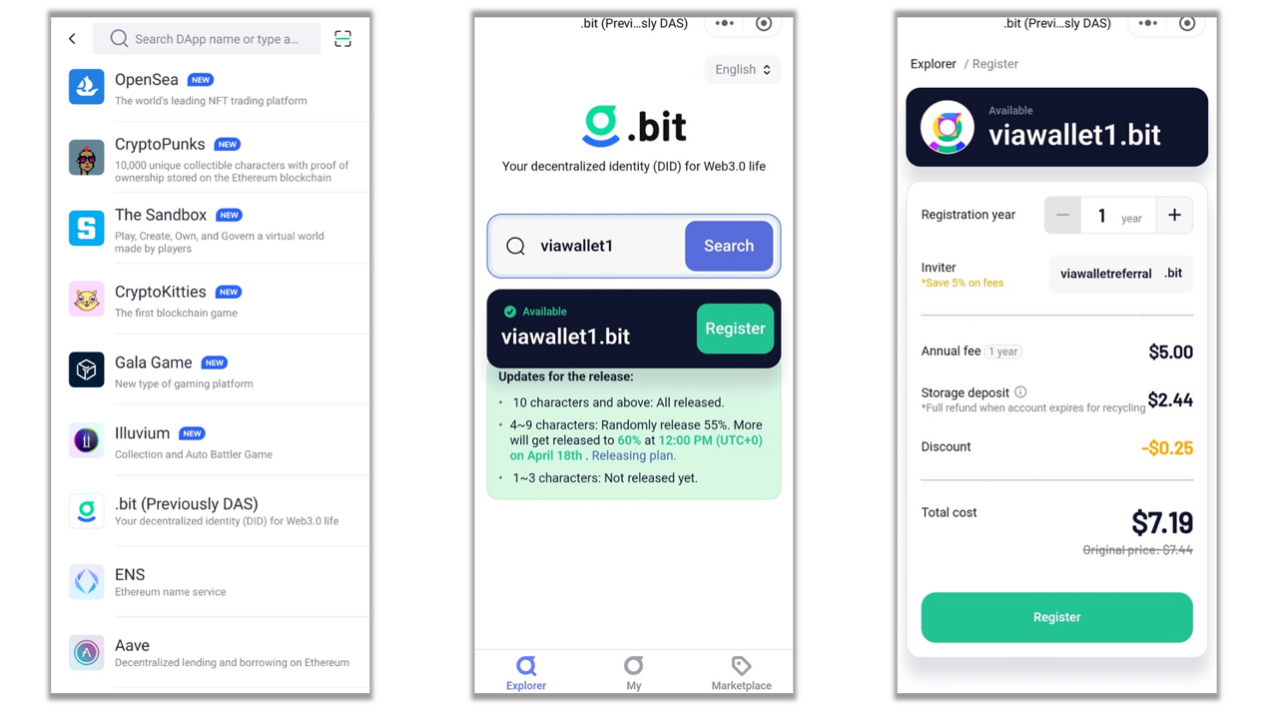
.bit registration demo in CoinEx Wallet
Once you pick an account name, tap “Register”, select the registration time, and pay the annual fee and storage deposit. Upon successful payment, wait for a while and you’ll be connected to the blockchain. Through the above steps, you’ll get a registered .bit account and check your .bit account on the “Me” page in CoinEx Wallet.
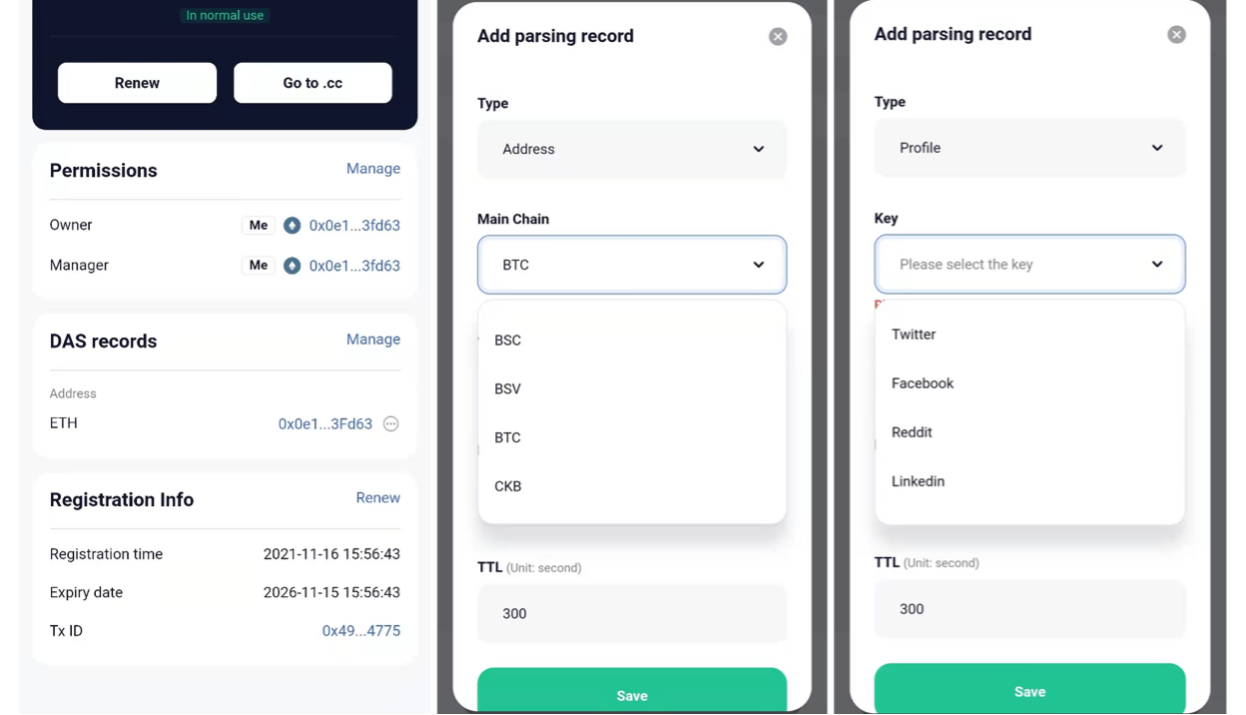
.bit demo in CoinEx Wallet
In a .bit account, there are two kinds of permission — Owner and Manager. The Owner permission allows you to transfer the ownership of a .bit account, while the Manager permission gives you the authority to manage the account together with other users. Once you register a .bit account, the most important thing is to add parsing records because the account can only be linked to your blockchain address, SNS account, and DWeb by adding parsing records.
After adding the parsing records, if someone needs to send you cryptos, he/she will only need to enter your .bit account to complete the transfer, and the long, complicated address will no longer be a concern. You can now transfer cryptos with a .bit account in CoinEx Wallet.
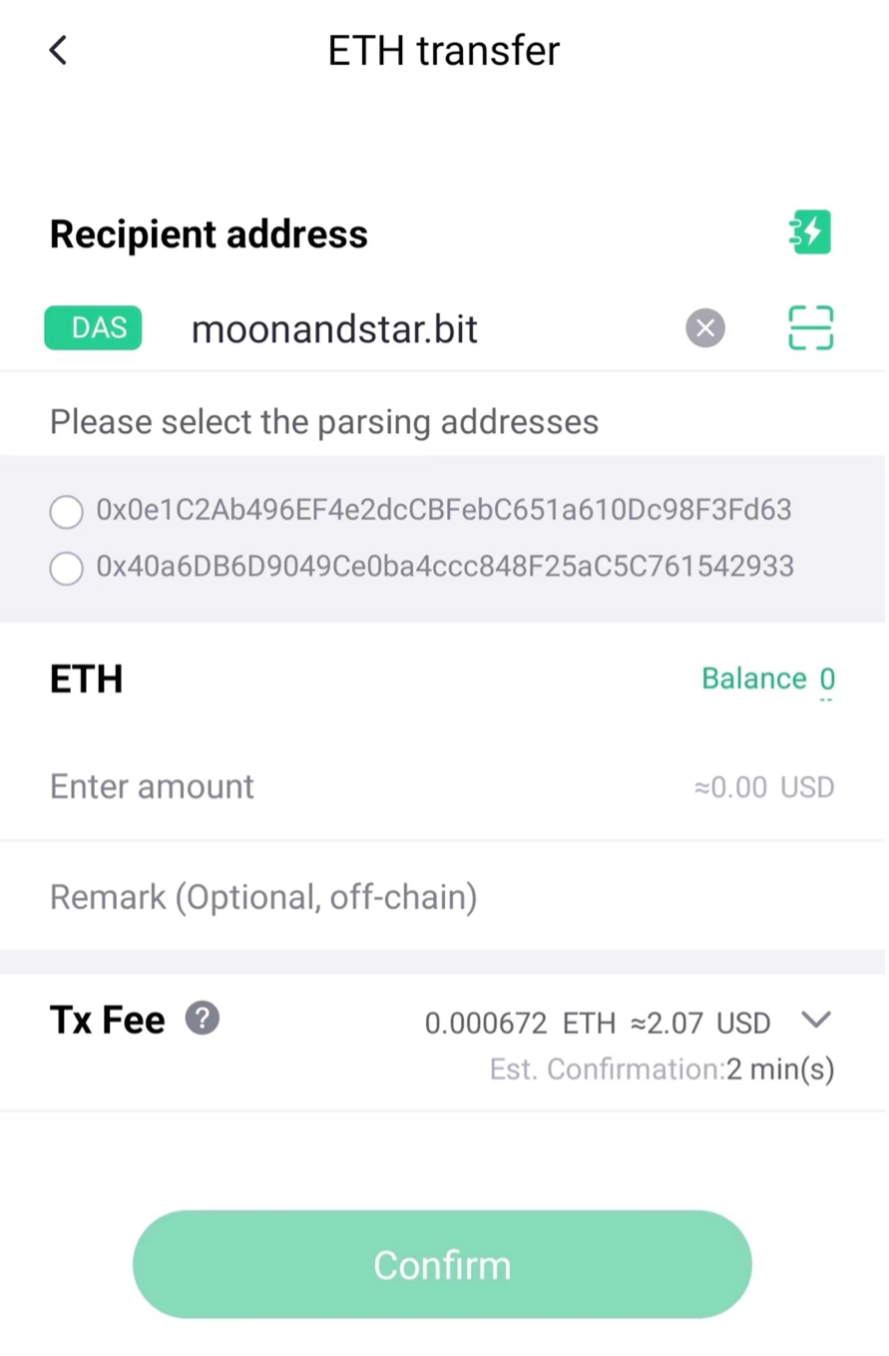
Upon transfers, only the .bit account is required
A .bit account can be linked to a wide range of networks. Right now, .bit supports the parsing of more than 30 public chain addresses, spanning BTC, ETH, SOL, and DOT. Moreover, a .bit account can also be linked with social platforms, including Twitter, Facebook, Reddit, and LinkedIn.
.bit’s cross-chain feature means that it can be used as a unified account for receiving cryptos. What this means is that when others try to send you cryptos, they no longer need to store all of your public chain addresses. Instead, they will only need to remember one .bit account for the transfer of different types of public chain assets. Of course, apart from this core function, a .bit account can also be used as a personal homepage, an entrance to decentralized websites, as well as an end-to-end crypto communication account.
As we usher into the Web 3.0 era, there will be more quality applications such as ENS and .bit in the field of DID (Decentralized Identity). If you are interested, please stay tuned for the latest DID developments. Of course, you can always join CoinEx Wallet to experience the .bit decentralized identity system:https://wallet.coinex.com/download








